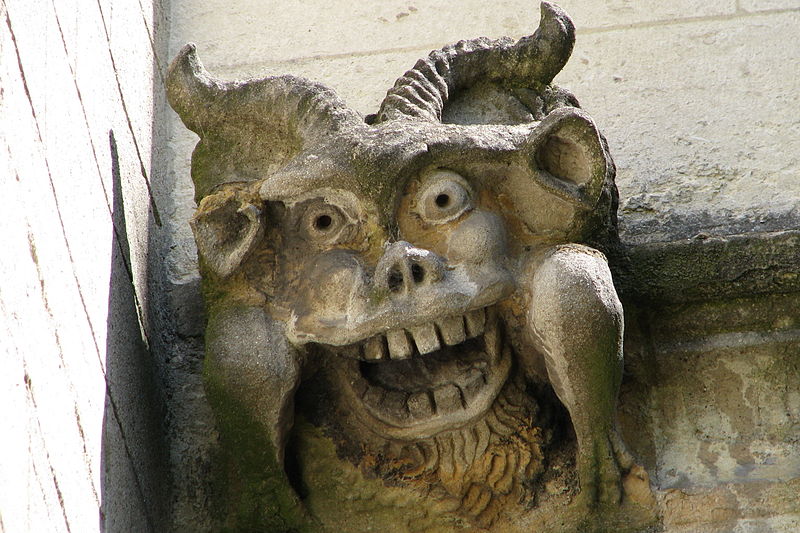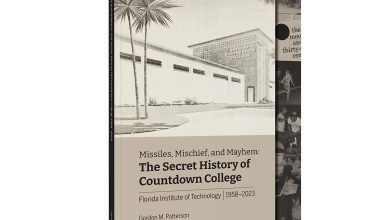Samhain and Superstition: The Origins of Halloween
By Kate Broderick, Global Strategic Communication ’13
The Halloween fever is alive and well in the Humanities and Communication department!
The influence of Halloween is traceable in part to the Gaelic holiday of Samhain (pronounced “Sow-in”). I first learned about the tradition of Samhain during my British Literature course as part of my degree in Humanities. Sir Conan Doyle, author of Sherlock Holmes—who invented the use of fingerprinting and blood typing in criminal investigations—believed in fairies. He didn’t just believe in fairies: he was devoted to advocating their cause, publishing The Coming of the Fairies, painstakingly detailing why fairies must be real.
Now, to us candy-corned trick-or-treat Halloween-celebrationers, the idea of real fairies seems silly; but that is certainly not the case on Samhain. Samhain isn’t about candy. Samhain isn’t about finding which costume is the scariest or prettiest or funniest. Samhain is about fairies.
Over world and the fairy world overlap and are separated by a thin veil—Interestingly, I learned in my History and Culture of Japan course in Humanities that the Shinto religion also believes in a spiritual world separated by a thin veil—on Samhain, our world and fairy world come into the closest contact. It is the one day a year that some spirits can slip through the veil. That’s why we have costumes: to confuse the spirits that may be walking on the earth. That is also why we give candy to anyone who knocks at our door—you don’t want to inadvertently offend a fairy.
So, what is the final verdict on Samhain vs. Halloween? I don’t know; but I do know I will be extra nice to everyone in the Humanities and Communication department and my classmates in my communication classes today—I wouldn’t want to offend any wandering fairies.





